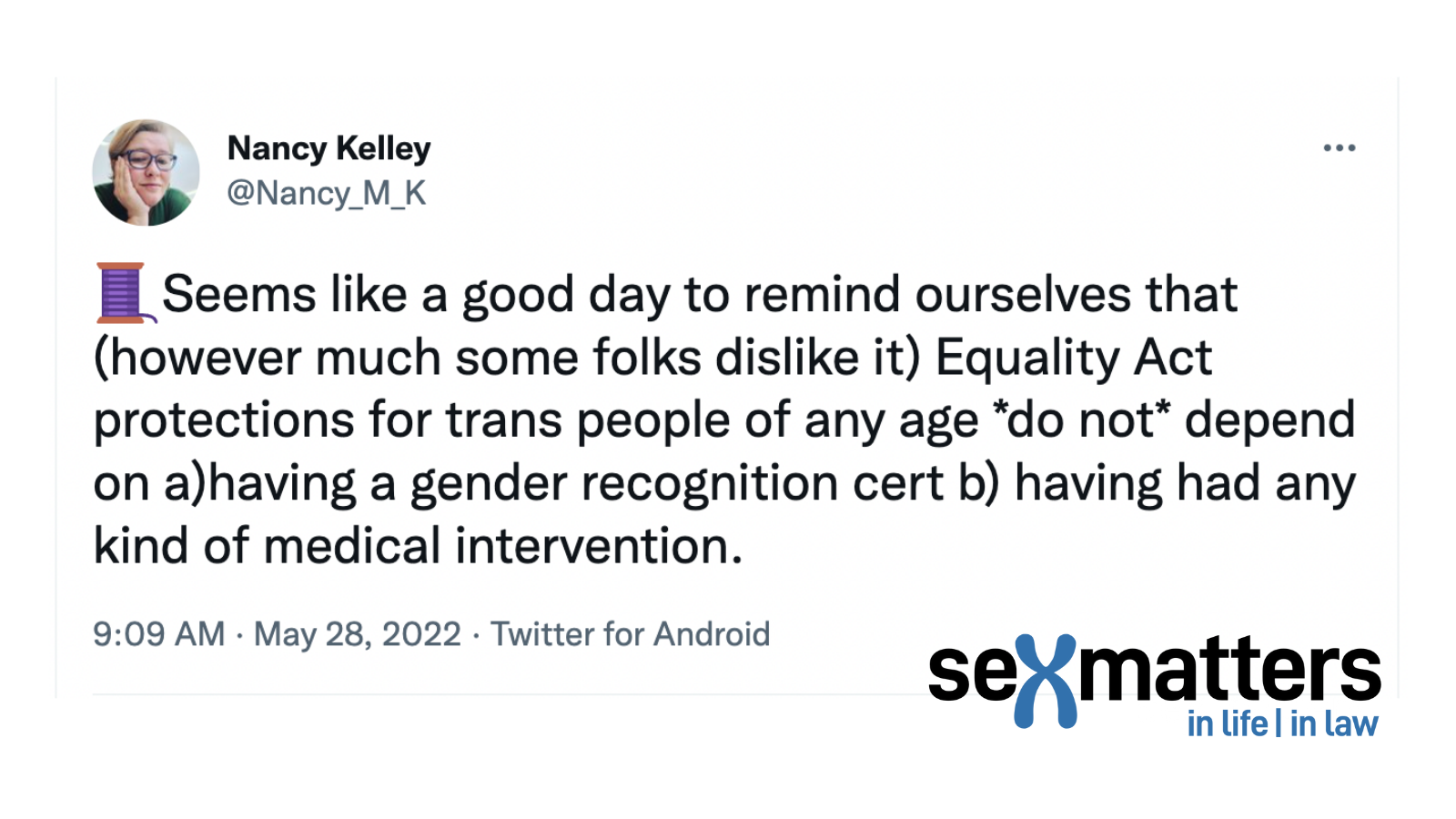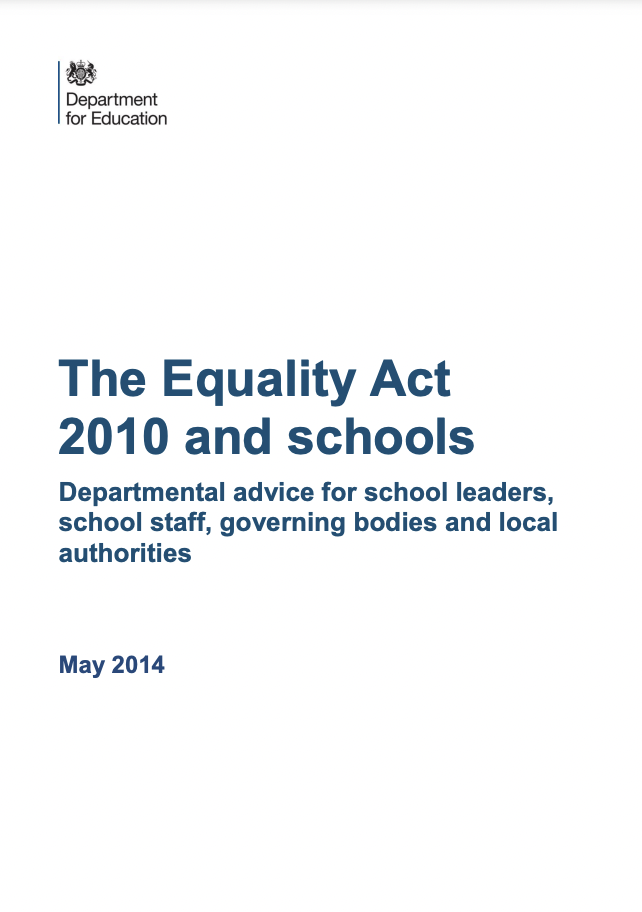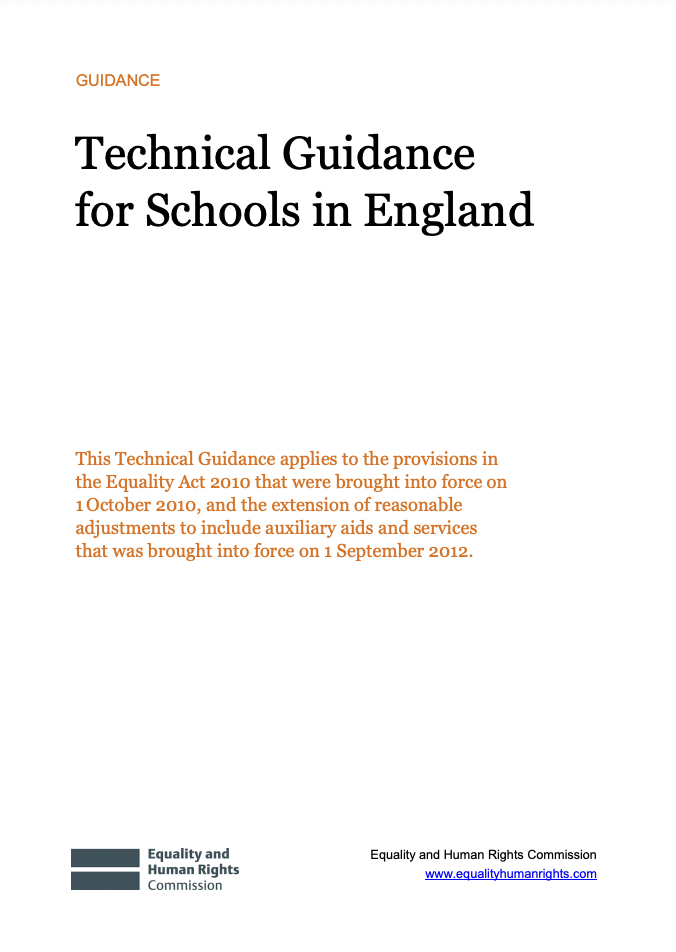Is the Attorney General wrong about the law, or is Stonewall?

The Department for Education is developing new guidance for schools on how to accommodate children who identify as transgender. Attorney General Suella Braverman gave an interview which suggests that the guidance will be based on the principle that children who identify as transgender have not changed sex, and therefore the law treats them straightforwardly as male or female.
Sex Matters welcomes this. The Attorney General’s approach accords with our guidance for schools in England produced with Transgender Trend, which accords in almost all respects with Dan Squires QC’s published advice for the Good Law Project.
Commentators, including Stonewall and the National Education Union, rapidly piled in to claim that the Attorney General has got the law wrong.
What those who explain their assertions at all appear to be saying is that the Attorney General has simply overlooked Section 7 of the Equality Act.
What they are actually doing is disagreeing over what Section 7 means. They say it is a sex self-ID law.
They are wrong.
The Equality Act deals with discrimination, such as someone being excluded from school or from work because they have a protected characteristic. The protected characteristic of gender reassignment is indeed broadly defined, but it does not require other people, or institutions, to pretend that someone has changed sex.
However, earlier official guidance was not clear and encouraged the impression that it did.
DfE Guidance for Schools
In May 2014 the Department for Education produced guidance on the Equality Act 2010 for schools.

This correctly states that:
- It is unlawful for a school to discriminate against a pupil or prospective pupil because they have, or are perceived to have, the protected characteristic of gender reassignment.
- The protected characteristic is not limited to those who have a medical diagnosis or are undergoing medical procedures.
- A child who should not be singled out for different and less favourable treatment because they have this characteristic – for example a teacher singling out a pupil and embarrassing them in front of the class (direct discrimination).
- Schools should check that there are no practices which could result in unfair, less favourable treatment of such pupils (indirect discrimination).
However, it does not clarify that a child that identifies as transgender has not changed sex. It therefore becomes confused about what could constitute direct discrimination.
While it does not explicitly state that a school must treat a child as if they were the opposite sex, it appears to assume that this is what a school will do.
The DFE document is remarkably light on examples that address the practical questions and conflicts of rights it raises for a school to pretend that a child is the opposite sex. It has nothing to say about single-sex facilities such as toilets and changing rooms, or sports. Instead, it simply swerves these difficult questions and refers schools to Stonewall, GIRES and guidance produced by the Intercom Trust in Cornwall.
It does state that where a mixed school has single-sex academic classes it should allow children to self-select according to the “gender role in which they identify”. It does not give justification for this, or consider that schools might have good reasons not to flex the rules to include children of the opposite sex. One example it gives is sex-education classes. It should be obvious why it is inappropriate to try to integrate a child into a sex-education class for the other sex.
EHRC technical guidance for schools
There was also Technical Guidance for schools in England, produced by the EHRC in July 2014.

Similarly, it correctly sets out the basics about the protected characteristic of gender reassignment, but like the DfE it does not make clear that a child with the protected characteristic of gender reassignment has not changed sex. Indeed, it implies that the child has, describing a “previously female pupil”.
It gives one straightforward example of direct discrimination: excluding a pupil from the school. But it also gives this example: “A member of school staff repeatedly tells a transsexual pupil that ‘he’ should not dress like a girl and that ‘he’ looks silly, which causes the pupil great distress.“
This example combines several different potential detriments:
- telling a male child he should not “dress like a girl”
- calling a male child “he”
- telling a child he looks silly.
Saying a child looks silly could be treating them less favourably. Treating a child in the same way as other children of the same sex, however ( referring to a boy as “he” and requiring compliance with applicable uniform rules) may cause them distress, but that does not make it direct discrimination on the basis of gender reassignment. The child is not being treated differently because they have declared themselves transgender; they are being treated in the same way as if they hadn’t.
How did the EHRC get this wrong? A clue can be found in the earlier document: What equality law means for you as an education provider: schools. It gives a similar example about pronouns and states that it was “provided by Gender Identity Research and Education Society”.
Another example given is this:
“a school fails to provide appropriate changing facilities for a transsexual pupil and insists that the pupil uses the boys’ changing room even though she is now living as a girl. This could be indirect gender reassignment discrimination unless it can be objectively justified. A suitable alternative might be to allow the pupil to use private changing facilities, such as the staff changing room or another suitable space.”
While we agree that a unisex alternative might be the best practical solution, the example leaves too much unsaid:
- It suggests that same-sex changing facilities are not appropriate for a child who has declared a transgender identity. In fact, it would be direct discrimination on grounds of gender reassignment to exclude a child who identifies as transgender from same-sex facilities appropriate to their sex.
- It seems to accept that the girls’ changing room is not appropriate for a male child but it is not explicit about this and does not say why (because the “girl” in this example is actually a boy, and it would not be fair on the girls).
This ambiguous and incomplete guidance opened the door for pressure to allow children to use opposite-sex facilities. This pressure has intensified since 2014, along with the numbers of children identifying as transgender.
The EHRC guide also states:
- Not using the pupil’s chosen name would be direct gender reassignment discrimination.
- Not referring to a “formerly female” pupil as a boy would result in direct gender reassignment discrimination.
We agree with the first, and disagree with the second. If a school allows pupils to be “known by” a name different from that their birth certificate, then it could be unlawful discrimination to not allow a pupil to to choose a name traditionally associated with the opposite sex. But not referring to a girl as “a boy” is not “direct gender reassignment discrimination”. It is treating this girl in the same way as other girls, and using ordinary language that relates to her sex, and which may be crucial to treating her fairly, rationally and safely.
Principles for compassion and fairness
Suella Braverman was also criticised for not being compassionate. Certainly schools should treat pupils experiencing gender distress with care and compassion, and the DfE guidance should encourage this. But this does not mean departing either from clarity about material reality, or from child safeguarding.
Schools need to give all children and parents clear expectations and boundaries, and to be able to say “no” when necessary.
Our guidance is based on ten key principles, which we hope will also inform the DfE guidance:
- Every child has a sex. No child is “born in the wrong body”. All children should be free to express themselves.
- A child who is gender non-conforming or identifies as a different gender to their sex has not changed sex.
- Individual students are treated fairly and with sympathy and support, but not encouraged to adopt unrealistic beliefs.
- Schools do not treat children as if they are the opposite sex based on “gender identity”.
- Clear language about the two sexes is recognised as necessary and uncontroversial.
- All policies are in line with safeguarding. It is not consistent with safeguarding to keep a child’s sex secret from peers or teachers, or to lie about it.
- Bullying and harassment is tackled.
- Rules on single-sex facilities are applied consistently and unambiguously. All pupils are welcome to share single-sex facilities with children of the same sex, but not to share facilities designated for the opposite sex.
- Alternative single-occupancy unisex facilities may be offered where practical.
- Schools make clear that everyone is included and valued. It is not “transphobic” to recognise that everyone has a sex, and to have clear sex-based rules.
